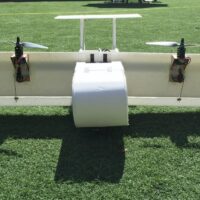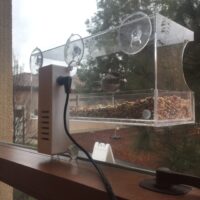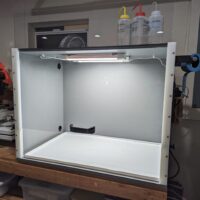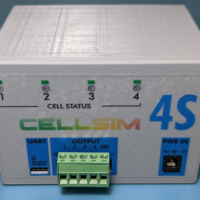My most recent design challenge was building a remote load switch for a hypothetical aerospace application. I formed and documented a design through schematic capture, simulation, and hardware layout, but stopped short of routing the PCB and sending things out on an initial prototype run. The simulations look good and most of the design is similar to some circuits I’ve used successfully in the past, so I’m around 75% sure that it would work on the first pass (after fixing the odd issue with a bodge here and there). Still, the design is neat to look at, so I figured I would leave a documentation nugget here for future posterity.
The Challenge
The design challenge tasked me with building a remote-controlled DC load switch capable of 12-60VDC operation, switching up to 10A to a moderately inductive load. The switch would need to be controlled and current monitored via an interface to a remote computer up to 100ft away. Additional design considerations included EMI, temperature ratings, protection (undervoltage / overvoltage / overcurrent), support for capacitive loads with high inrush, galvanic isolation of power and communications circuits, and fail-safe behavior.

A complete explanation of the design challenge and my solution to the problem are included in the design notes document below. Features of the final design include:
- High side PMOS switch with discrete drive circuitry (compatible with wide supply voltage range).
- Reverse polarity protection.
- Pseudo circuit-breaker overcurrent protection (separate protection systems for short circuit and thermal overcurrent events).
- Undervoltage protection.
- Overvoltage protection.
- EMI filtering for enhanced noise immunity and reduced noise emissions.
- Current monitoring with 10mA resolution.
- Galvanically isolated differential serial communication link.
Since using some of the parts in this design for other designs, I’ve found that the MCP6542 comparator has a bit of a slower propagation time (8us) than what’s needed for overcurrent protection. I would recommend comparators like the MCP6556 (80ns) or the LMV331 (500ns) for this design.











